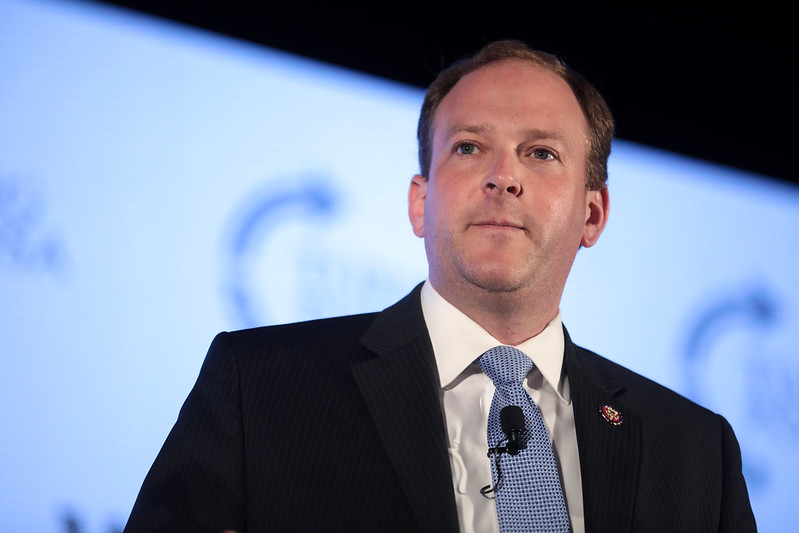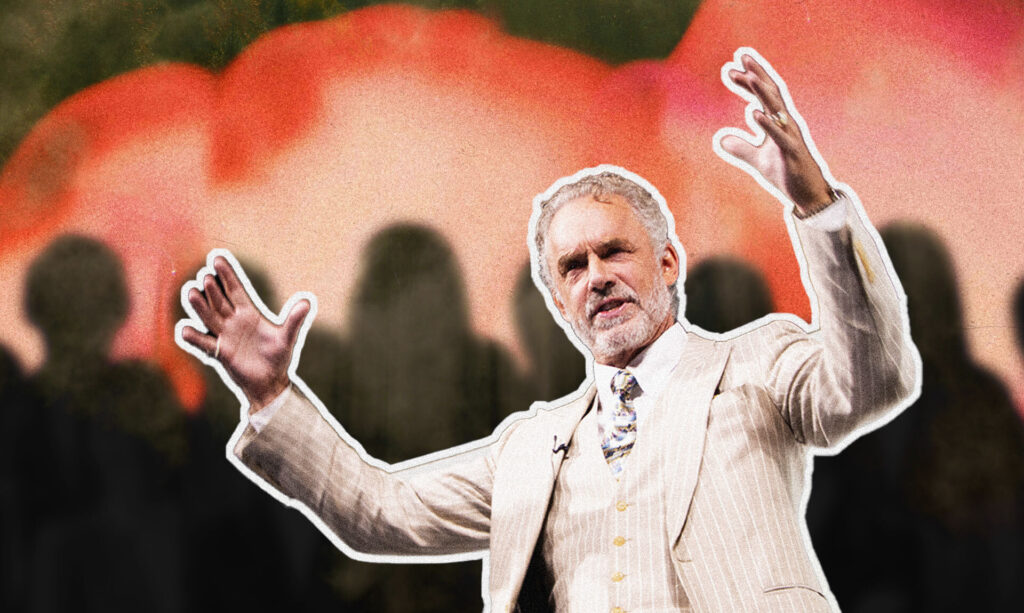When the coal industry says its product is the only way the world’s poor can lift themselves from poverty, some people in Australia believe them.
Chief among the industry’s promoters has been the country’s Prime Minister, Tony Abbott, who has said that coal is “good for humanity” and that the energy source and main driver of climate change shouldn’t be “demonised”.
But a new report from progressive think tank The Australia Institute (TAI) has put a looking glass up to the industry’s claims to a glistening future and found what it claims is little more than self-serving industry spin.
The industry has been pushing its supposed concerns for “energy poverty” in media statements, columns, industry presentations, reports and advertising campaigns this year.
According to the International Energy Agency, there are about 1.3 billion in the world without access to electricity and about 2.7 billion without access to clean cooking and heating. Almost all these people live in rural areas in either sub-Saharan Africa or Asia.
The coal industry – led by a PR campaign from the world’s biggest private-sector coal company, Peabody Energy – has been using the energy poverty issue as way to lobby investors and world leaders.
But the TAI report – All Talk, No Action – finds that the industry’s claim are largely misrepresenting the current economic climate and forecasts for the future.
In the company’s 2013 corporate social responsibility report Greg Boyce, Peabody Energy’s CEO, wrote: “Peabody believes energy poverty is a human tragedy and a global environmental crisis.”
Yet intriguingly, when TAI asked Peabody and other coal groups if they were actually giving any money to support energy poverty projects, they found that none of the coal companies were actually using coal projects to solve energy poverty.
Rather, none of the coal companies who were supporting projects in developing countries – including Rio Tinto, BHP Billiton, Anglo American and Banpu – were actually using coal, and were mostly supporting projects based on renewables.
Peabody Energy’s entire charitable giving amounted to just $5 million – or, as the report points out – just 0.07 per cent of the company’s revenue last year, none of which went to on-the-ground projects. The TAI report notes:
Contradicting Peabody’s claims that coal is the most useful fuel for addressing energy poverty, no programs supported by coal companies use coal.
TAI economist and lead author of the report, Rod Campbell, told DeSmogBlog:
I admit I was surprised at the level of Peabody’s hypocrisy. I did think that what the company promotes through its Advanced Energy for Life website was self-serving, but I was surprised going through their reports to find out how little they do actually give to charity. Other coal companies do support energy poverty projects but I didn’t think that Peabody Energy could talk so loud and yet do so little.
The report also examines key claims made by the industry in its reports, presentations, media releases and columns.
Examining the industry’s claims that its product is “cheap” and therefore the best option for poorer countries, the TAI report found:
Even in providing large scale electricity generation to central grids, coal’s cost advantages are rapidly declining. The costs of renewable technologies such as solar and wind are declining as technology improves and economies of scale develop in manufacturing and installation. Conversely, the costs of generating electricity from coal are increasing due to increasing coal prices, capital costs and regulations on greenhouse gas and other emissions.…
In both India and China, solar and wind are forecast to be cheaper than coal between 2020 and 2025.
There is little potential for coal to directly assist with energy poverty alleviation projects involving household-scale technologies or mini-grid and off-grid systems. Central electricity grids will be expanded to provide electricity to urban middle classes, but often these expansions fail to address energy poverty.
Even generating for central grids at a utility scale, coal is becoming more expensive than large scale renewables in key markets such as India and China.
The report examined some of the presentations which Peabody Energy has made to G20 meetings and presentations to investors.
One Peabody Energy chart sourced the International Energy Agency to make a claim that “global coal demand” would rise 48 per cent between now and 2030.
But the institute’s report found that Peabody had based its figure on the IEA’s “current policies” projections, ignoring two other projections.
Those projections look at coal demand in the context of what countries have pledged to do on emissions, which would see coal demand rise by only 17 per cent by 2035.
A third scenario used by the IEA presumes that the world will meet a commitment to keep global warming below 2C and stabilize the concentration of CO2 in the atmosphere to 450 parts per million.
This, the institute says, will see coal demand drop by about 33 per cent over the coming two decades.
Campbell’s report also attacks claims made by Peabody and other coal industry figures that coal is responsible for economic growth and improvements in life expectancy. The report says:
As countries can afford to use less coal, they do so, contradicting the suggestion that the world “turns to coal to improve quality of life”. In fact, countries “turn away” from coal as soon as they can.
The report points out that when Peabody Energy talks about how its US power plants have made big cuts on “emissions”, the company is not talking about carbon dioxide emissions.
Rather, Peabody is referencing emissions of sulphur dioxide and nitrogen oxide and that these cuts were largely forced on power plant owners through government regulation.
The report says that while developing countries generally have used more coal as their economies have grown, generally once countries become richer their coal use actually stagnates.
Peabody Energy and Australia’s peak mining industry group Minerals Council of Australia have both responded to the report along with other recent criticisms of its use of the energy poverty issue as a lobbying tool.
The Minerals Council said claims the industry was using the issue to push “resources industry propaganda” were “as inaccurate as they are offensive”. A statement added:
The bottom line is that there is no escape from extreme poverty without access to cheap energy and the cheapest, fastest way to provide that electricity is through cheap, modern, lower emissions coal generation power.
Vic Svec, Peabody Energy’s senior vice president of global investor and corporate relations, told business analysts SNL:
Coal is at the heart of eradicating energy poverty, and it is absurd to suggest otherwise when world leaders, agencies and analysts all agree that it has been — and will be — a major positive force. Coal lifted 650 million Chinese citizens from poverty since 1990 at a time when China’s GDP soared 850% and use of coal-fueled power increased eight-fold. In fact, the International Energy Agency called China’s dramatic transformation an ‘economic miracle.
Subscribe to our newsletter
Stay up to date with DeSmog news and alerts







